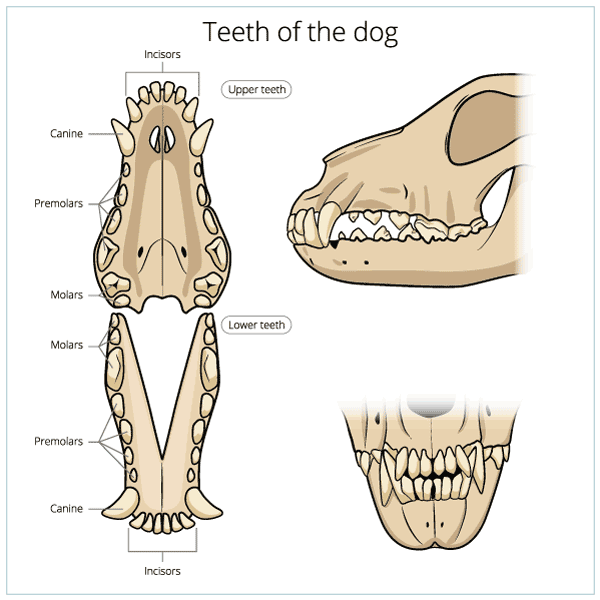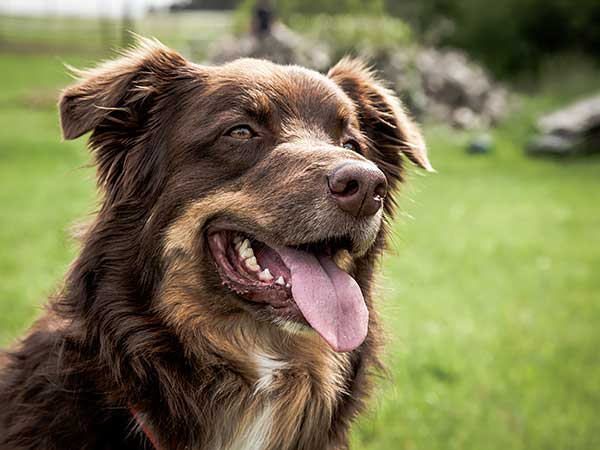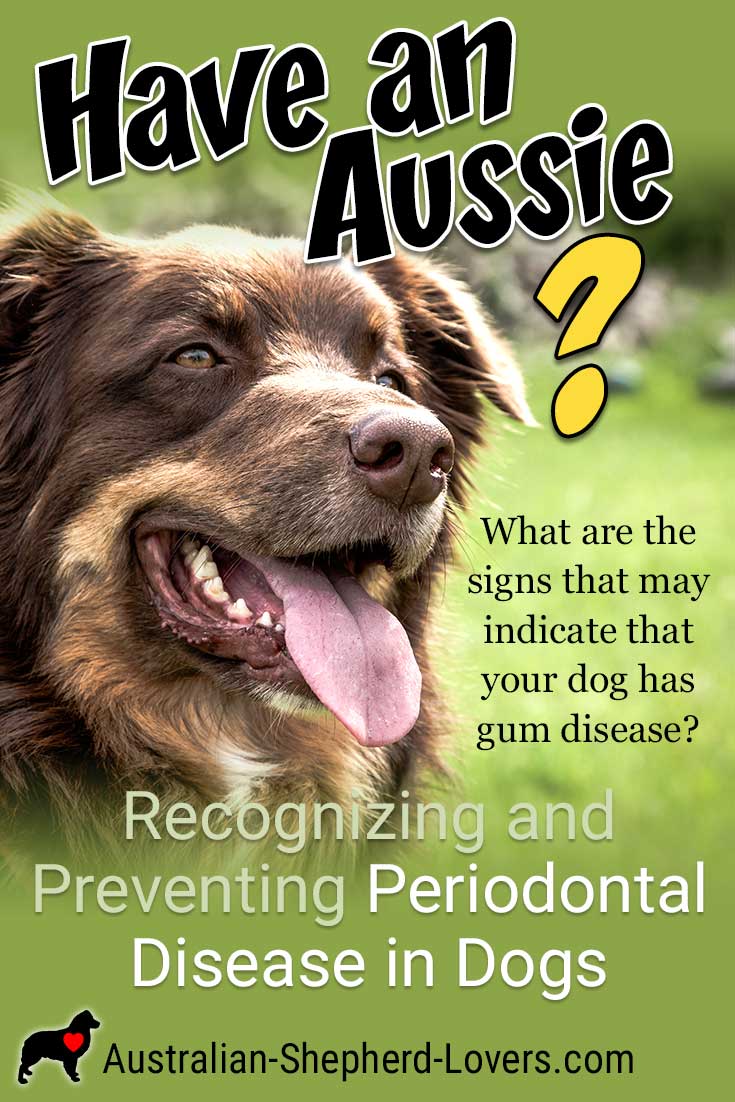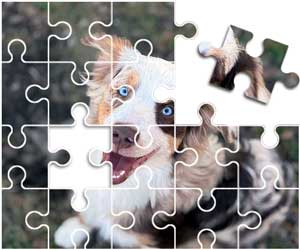
Recognizing and Preventing Periodontal Disease in Dogs
P eriodontal disease in dogs is one of the most common ailments that veterinarians come across. It's not surprising that the teeth and gums become diseased because they are regularly exposed to a variety of bacteria, which can wreak havoc as they take hold in the mouth. The longer the bacteria go unchecked, the more severe the damage becomes until the only recourse is extracting the teeth.
While most of us understand the importance of taking care of our own teeth and gums, we tend to overlook the need for good dental hygiene when it comes to our pets. Yet dogs can suffer from the same kind of issues that people do, including inflamed gums, cavities, and root damage. More often than not, periodontal disease in dogs goes undiagnosed until it is in the later, more severe stages, because in the early stages there are few, if any, outward symptoms.
Some signs you can look for that may indicate dog gum disease include:
- an inability to pick up food properly,
- bleeding or reddening of the gums,
- loose teeth,
- blood in the water bowl,
- bad breath,
- bumps in the gums,
- ropey saliva,
- chewing on one side of the mouth, and
- not wanting you to touch their head.
By the time these symptoms appear your dog is probably already experiencing pain and discomfort, but the effects of periodontal disease don't stop there.
The bacteria that gather in the mouth and along the gum line can cause plaque to form on the teeth and may even trigger a dog's immune system to attack the gum tissue, breaking it down and causing even more damage. Worse, those same bacteria can travel to other parts of the body causing more extensive health issues.
What To Do About Periodontal Disease In Dogs
Fortunately, it is relatively easy to prevent periodontal disease in dogs by taking simple treatment steps at home. Just as it's important for you to clean your own teeth on a daily basis, the same holds true for your dog. Brushing his teeth regularly is the best way to prevent a build-up of plaque.
Your veterinarian can suggest a brush and toothpaste designed specifically for dogs and give you tips about how to brush your dog's teeth properly. When done properly, over time your dog may even come to enjoy the experience.
Good oral health only begins with brushing. You can also help to promote healthy teeth and gums by using specially formulated dog foods that include additives to prevent plaque from hardening.

Alexander Pokusay / stock.adobe.com
Using toys and treats designed to remove plaque and tartar build-up can go a long way toward improving the health of your dog's mouth while also adding an element of fun to the process, making it easier on both of you. This is particularly true for active breeds like the Australian Shepherd, but it applies to any breed.
As important as these home health care steps are, the only way to get a full picture of the state of your dog's mouth is with a complete dental exam that includes x-rays. Unfortunately, for dogs this will require the use of general anesthesia, but it is a relatively easy procedure and is necessary in order to understand the full extent of periodontal disease in dogs.
Dental treatment can range from thorough cleaning and scraping of plaque to extracting of teeth in the most severe cases. You can help your dog avoid all of this by taking care of his teeth and taking him to the vet for regular dental check-ups. That way you can stay one step ahead of periodontal disease and help your pup have a healthy Aussie smile.
For more information about Australian Shepherd health issues see the Australian Shepherd Health & Genetics Institute (ASHGI).
Have Dog Training Questions?
Check out these introductory dog training videos...
I want my dog to stop being aggressive.
I want some help training my new puppy.
I want my dog to stop barking at everything.
Get Australian Shepherd Info, Website Updates, Special Offers, and Cartoons...
FREE GIFT
You'll also receive a free copy of the ebook
My Everyday Dog Training Tools
by professional dog trainer Daniel Abdelnoor, "Doggy Dan"












